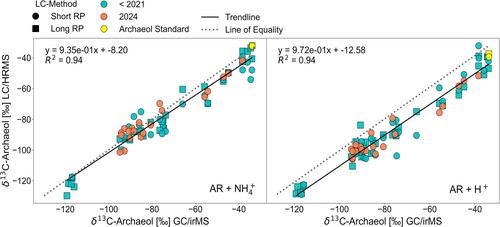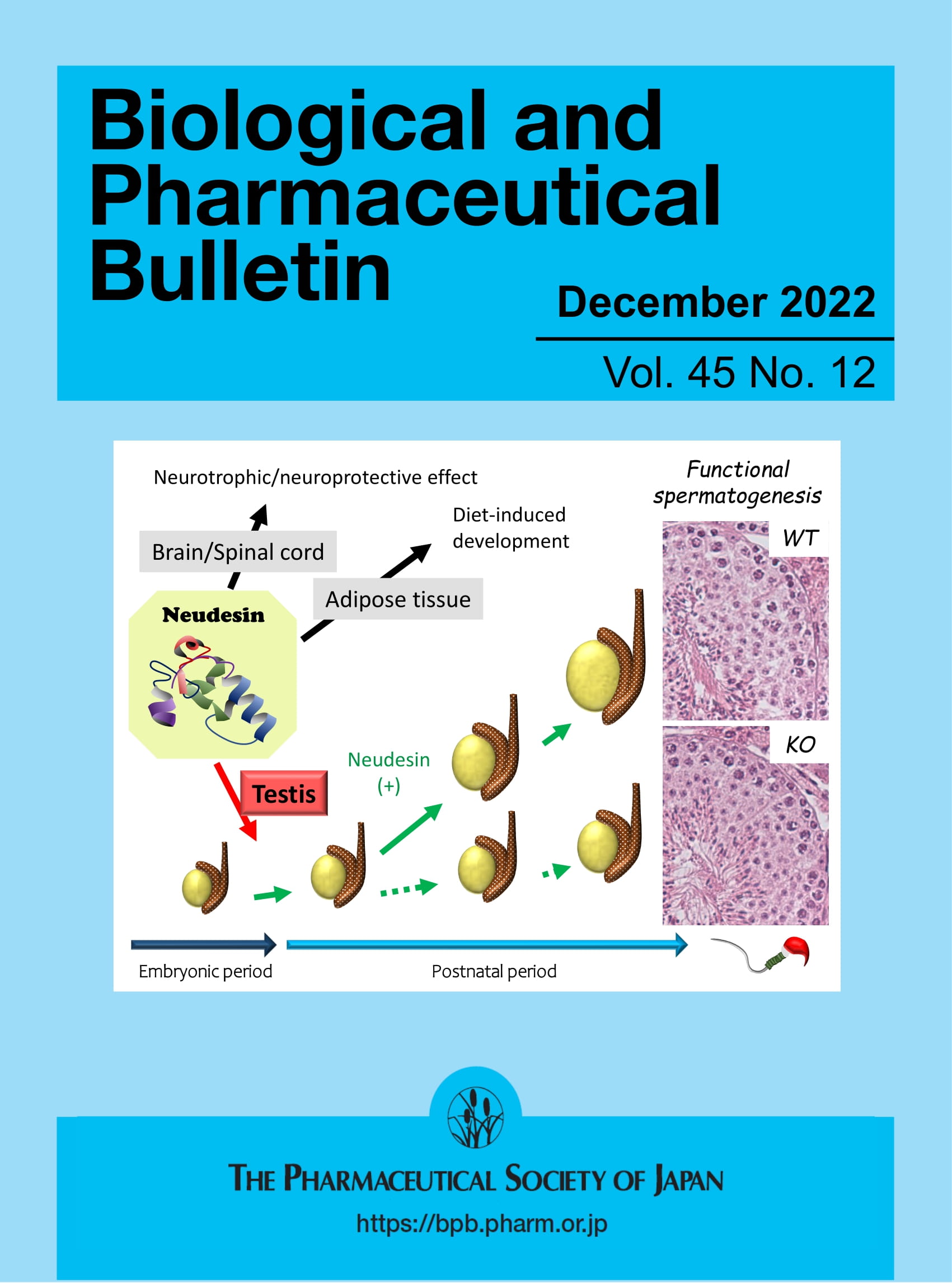Isotopologue Ratios Identify 13C-Depleted Biomarkers in Environmental Samples Impacted by Methane Turnover
Abstract
Rationale
The stable carbon isotopic composition (δ13C) of individual lipids is of great value in studying carbon cycling. Among those, microbial lipids in sediments impacted by high methane turnover stand out due to their uniquely depleted isotopic fingerprint. However, gas chromatography/isotope ratio mass spectrometry (GC/irMS) is limited to volatile compounds, whereas intact polar lipids require extensive preprocessing, which results in the loss of chemotaxonomic information. Expanding compound-specific isotopic information to intact polar lipids would enhance insights into the microbial turnover of methane.
Methods
We performed ultra-high-performance liquid chromatography/electrospray ionization/high-resolution mass spectrometry (UHPLC/ESI/HRMS) to analyze standards of archaeol and lipid extracts from a diverse set of sediment samples of a hydrothermal methane seep system. Using the ratio of the M1 isotopologue over the monoisotopic isotopologue M0, we calculated the δ13C values of archaeol and various polar, non-GC-amenable lipids. The δ13C values of archaeol obtained via ratios were compared to those measured via GC/irMS.
Results
δ13C values of archaeol determined in natural samples via GC/irMS and the UHPLC/HRMS approach were strongly correlated (R2 = 0.94; N = 76–82) across a wide range of δ13C values (GC-irMS = −119‰ to −34‰). Biomarkers associated with methane turnover consistently yielded δ13C values below −60‰, whereas the δ13C values of compounds presumably associated with the photosynthesis-based food web remained above −45‰. UHPLC/HRMS measurements of archaeol standard further indicated that δ13C values can be reliably determined across an M0 signal-intensity range of approximately one order of magnitude.
Conclusions
Our results highlight that the M1/M0 ratio from UHPLC/HRMS measurements can be utilized to evaluate the carbon isotopic fingerprint of non-GC-amenable lipids and to reliably detect lipid biomarkers putatively associated with microbial methane turnover carrying extremely depleted isotopic signatures. This paves the way for a comprehensive exploration of intact lipids associated with microbial methane turnover in environmental samples.





 求助内容:
求助内容: 应助结果提醒方式:
应助结果提醒方式:


